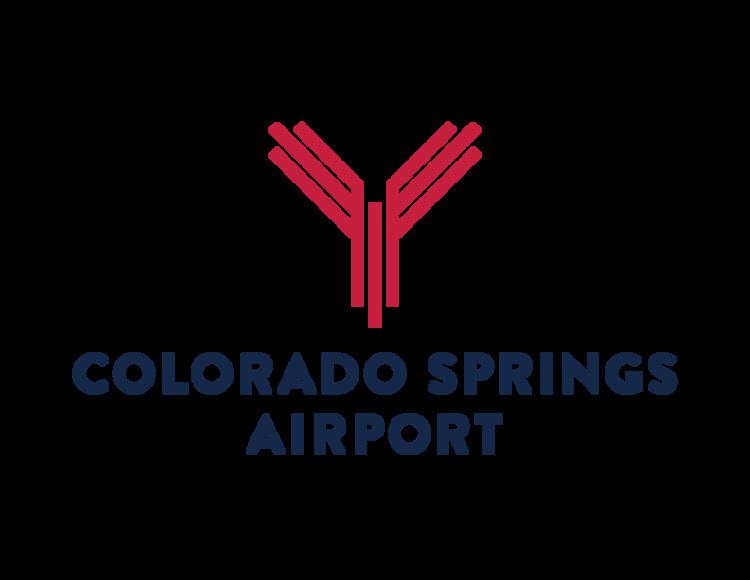Airport type Public 17L/35R 13,501 Elevation 1,886 m Phone +1 719-550-1900 | Elevation AMSL 6,187 ft / 1,886 m Code COS Area 3 ha | |
 | ||
Address 7770 Milton E Proby Pkwy, Colorado Springs, CO 80916, USA Profiles | ||
Colorado springs airport terminal walk through
City of Colorado Springs Municipal Airport (IATA: COS, ICAO: KCOS, FAA LID: COS) (also known as Colorado Springs Airport) is a city-owned public civil-military airport 6 miles (10 km) southeast of Colorado Springs, in El Paso County, Colorado. It is the second busiest commercial service airport in the state. Peterson Air Force Base, which is located on the north side of runway 13/31, is a tenant of the airport.
Contents
- Colorado springs airport terminal walk through
- Colorado springs airport runs mass casualty exercise
- History
- Commercial Service
- Facilities and aircraft
- Accidents and incidents
- References
Colorado springs airport runs mass casualty exercise
History
In 1927 the airport opened on 640 acres (260 ha) 7 miles (11 km) east of the city, with two gravel runways. In the late 1930s the first scheduled airline flight went from El Paso, Texas, through Pueblo, Colorado Springs, to Denver and back. The first municipal terminal was built in 1942 in an art deco style. Soon after the terminal was built the field was taken over by the military in the months preceding World War II. After the war, the city regained control.
In 1966 a new terminal was built on the west side of the runways, just east of Powers Boulevard. This terminal expanded by the 1980s, with a six gate addition. By 1991 the airport had three 150-foot (46 m) wide runways, one 13,501 feet (4,115 m) long, making it the longest runway in Colorado until 16R/34L, a 16,000-foot (4,900 m) runway, opened at Denver International Airport in September 2003. In 1991 the city approved a new terminal, two miles east of the former terminal, in the south-center part of the airport. The 280,000-square-foot (26,000 m2) terminal opened on October 22, 1994 with 12 gates; it was designed by the Van Sant Group and cost $140 million. In the 1990s a second, 5-gate concourse was added on the east side of the main terminal.
Commercial Service
Through the 1970s, 1980s and 1990s, the airport tried to expand service. The largest number of passengers was nearly 5 million in 1996 when now-defunct Western Pacific Airlines had a hub at COS (they moved it to Denver International Airport in late 1996). Their timetable for 15 June shows 33 daily departures to 20 airports between the west coast and Newark and Washington Dulles. (All their flights left from or landed at COS).
In 2012, Frontier Airlines attempted to build a focus city at COS with added nonstop service to a number of destinations including Los Angeles, Orlando, Phoenix-Sky Harbor, Portland, OR, San Diego and Seattle-Tacoma in addition to existing daily flights to their Denver hub. In 2013, Frontier discontinued all service from COS citing that performance on the newly served routes were not meeting expectations. Frontier returned to COS in 2016 with nonstop service to Las Vegas, Phoenix-Sky Harbor and Orlando with plans to grow to 15-20 destinations within 3 to 5 years.
Colorado Springs currently has non-stop flights to 12 U.S. cities on 6 carriers.
Facilities and aircraft
The airport covers 7,200 acres (2,900 ha) and has three paved runways: 17L/35R, 13,501 x 150 ft (4,115 x 46 m) long, 17R/35L, 11,022 x 150 ft (3,360 x 46 m) and 13/31, 8,269 x 150 ft (2,520 x 46 m).
Reached via Milton Proby Parkway, the terminal consists of two concourses. However, only one, the larger concourse housing gates 1–12, has ever been put to commercial use; the second concourse (called the Western Pacific Airlines concourse) contains gates 14–18 (there is no gate 13), and is now mainly used for meetings. Access between the concourses requires leaving the secure area, walking through the main terminal and down a long hallway.
Since September 2011 the airport terminal has been under renovation, that includes reconstruction of the TSA checkpoint to support full body scanners, expansion of office space behind the ticket counters, and new facilities for automated baggage screening.
Repairs to runway 17L/35R, first scheduled for 2011, but got delayed to spring 2012 by the FAA shutdown.
In the year ending September 30, 2013 the airport had 138,326 aircraft operations, an average of 378 per day: 58% general aviation, 18% air taxi, 14% scheduled commercial and 11% military. 292 aircraft were then based at the airport: 50% single-engine, 22% multi-engine, 12% jet, 1% helicopter and 16% military.
